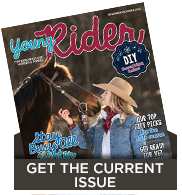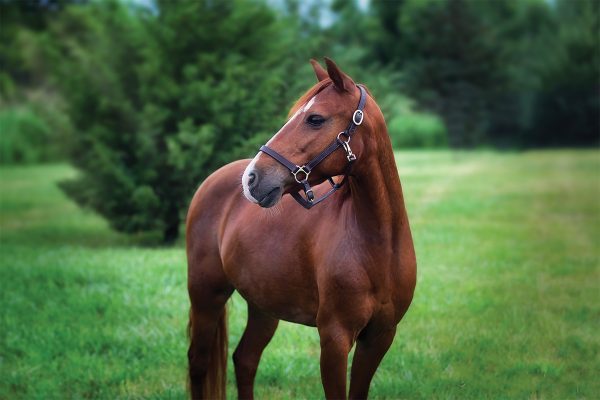
The Caspian Horse is both one of the oldest and one of the rarest breeds in the world, and that’s just the beginning of the story. This little horse has a history like a real-life fairy tale.
A Cool History
The Caspian’s history dates back some 5,000 years. DNA evidence, genetic studies, and archaeological artifacts show the breed to be an ancestor of all hot-blooded horses, including the Arabian. Through the Arabian, the Caspian is the foundation for most of the breeds we have today.
Originating in Iran, they were selectively bred and highly valued for their beauty, size, speed and courage. They were given as gifts to kings and kept as pets by the royal court. They were also used as formidable chariot horses.
The ancient Persian Kings held ceremonial lion hunts, hunting in amphitheaters from chariots. The acceleration and agility of the Caspian Horses to outmaneuver lions in rather close quarters was of utmost importance. In 500 B.C., one of the most famous Persian Kings, King Darius the Great, memorialized his horses in such a scene on his Royal Seal. This priceless treasure is currently housed in the British Museum.
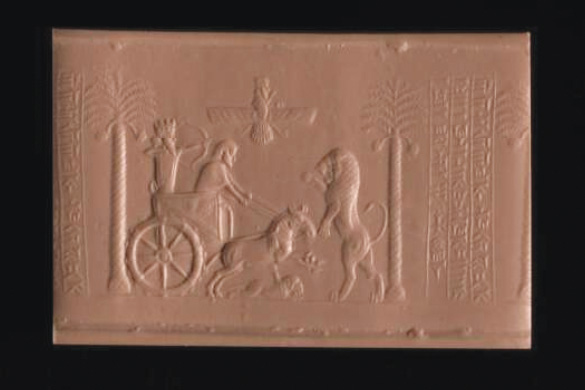
Finding a Lost Breed
As large a role as these elegant horses played in the history of the region, they disappeared with the decline of the Persian Empire. They were eventually forgotten, and for 1,300 years, were believed to be extinct.
We may have only known of the Caspian Horse through art and history if it were not for the luck—and the lifetime dedication—of an American horsewoman named Louise Firouz.
Louise married an Iranian prince, Narcy Firouz, who was also an avid equestrian. While they were living in Tehran, Iran in the late 1950s, she wanted to find horses suitable for the children at her riding school and for her own children.
Hearing rumors of small horses living in the northern region of the Elburz Mountains, just south of the Caspian Sea, she headed out on a search. One day in 1965 in a village called Amol, she crossed paths with a small bay stallion that would become the foundation stallion of her first herd.
When she first saw the stallion, whom she named Ostad, he was underweight, covered in mud, and pulling a heavy cart through the narrow streets. Beneath the mud and poor condition, she could see his elegant lines, proud spirit, and floating movement. These were fixed into the breed and have remained since ancient times.
Bringing Back the Caspian Horse
Louise stayed in the area and found several more horses. When she brought them back to her riding school, they exceeded her expectations. They were very athletic and had the talent to become amazing jumpers. They had kind and willing dispositions that made them perfect for children to handle. Even the stallions were ridden by children.
Their striking looks got them noticed at horse shows, and they excelled in every discipline they tried. In jumping, dressage and carriage classes, they competed against full-sized horses and won!
Louise re-introduced the Caspian Horse to the world and spent the rest of her life as an advocate for the breed. She was dedicated to breeding, researching and exporting bloodlines abroad.
When she passed in 2008, she was honored as a Turkmen elder. Today, the Caspian Horse enjoys the status of Iran’s Living National Treasure.
Youth Horse of Today
Emma Rettinger of Minnesota and her 16-year-old Caspian mare, Kristull Frazar (“Rosie”), aren’t thinking about all that history, though. They’re busy prepping for show season!
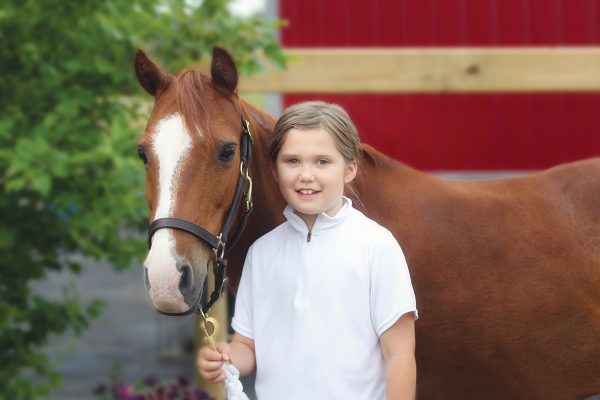
Emma started riding two years ago with her trainer Gail Nederostek. Gail had known and admired Rosie for many years while the mare was competing successfully on the local hunter circuit. When Rosie came up for sale, Gail knew she and Emma would be a perfect pair.
Emma loves how friendly Rosie is and how easy and smooth all of her gaits are. Emma can confidently ride bareback at the walk, trot, and canter, and even hops over cross-rails without a saddle.
Rosie is a picture-perfect 12-hand chestnut Caspian mare who looks as though she may have just trotted off the king’s royal seal and into the arena in Minnesota. Together these two are carrying on a great tradition and celebrating the amazing partnership between kids and Caspians.
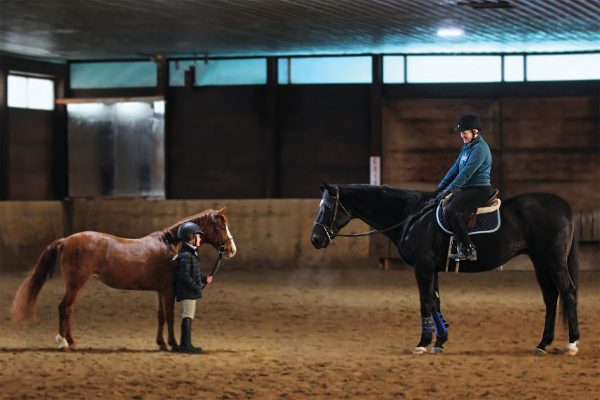
To learn more, visit the Caspian Horse Society of the Americas and The International Caspian Society.
This article about the Caspian Horse appeared in the August 2021 Mini Digital issue of Young Rider magazine. Click here to subscribe!

